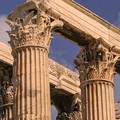的点评
Remarkable Museum, Well Worth the Visit
Africatown Heritage House的点评
点评:This impressive museum is nestled within America’s only historic African settlement -- Africatown, Alabama, and chronicles history important for all Americans. The exhibit focuses on the enslaved people transported on The Clotilda, the last slave ship. The ship’s remains were found nearby in the Mobile River in 2019. The displays detail the building, sailing, landing, bartering for enslaved peoples, and the clandestine return of the ship to Mobile, decades after slavery had been outlawed. Audio recordings at designated stops in the museum play portions of an interview with an Africatown resident who was transported on The Clotilda. The interview was conducted in 1927 by acclaimed journalist and author Zora Neale Hurston, and is, in itself, historic. The exhibits follow the lives of several other enslaved men and women who settled Africatown after being freed. Viewers learn about their villages, tribes, apparel, capture, mistreatment, and lives after emancipation. Many of the African pieces, and a slave collar and key, are from impressive collections including some from Yale, Harvard, New Orleans and Historic Mobile museums. Official maritime and port records, censuses and newspaper accounts on display document the events. Small pieces of the ship are viewed in a preserved state in aquatic cases; (the remains of the ship are still submerged for marine archaeologists to study). At the end of the exhibit, a film shows interviews with current residents of Africatown who describe growing up in the close-knit community. The staff at the museum are knowledgeable, helpful, and delightful to visit with. Photos are not allowed inside the museum but may be taken on the grounds and in the lobby. The outside grounds include a sculpture, giant chairs, and two gardens (one is planted with healing herbs and plants). The museum is appropriate for older elementary children, teenagers and adults. I don’t recommend the museum for younger children (who may become bored or noisy). All Americans, especially those interested in history, will find this museum educational, interesting, and well-researched. It shows the resiliency of the freed men and women who founded a historic community built on principles of helping each other, respect, faith, and family values.
翻译:这座令人印象深刻的博物馆坐落在美国唯一的非洲历史定居点——阿拉巴马州非洲城,记录了对所有美国人都很重要的历史。展览重点关注最后一艘奴隶船克洛蒂尔达号上运输的奴隶。2019 年,这艘船的残骸在莫比尔河附近被发现。展览详细介绍了这艘船的建造、航行、登陆、与奴隶进行易货交易,以及在奴隶制被取缔几十年后,这艘船秘密返回莫比尔的过程。博物馆指定站点的录音播放了对乘坐克洛蒂尔达号的非洲城居民的采访部分。这次采访由著名记者兼作家佐拉·尼尔·赫斯顿于 1927 年进行,本身就具有历史意义。展览讲述了其他几名获释后定居非洲城的奴隶男女的生活。观众可以了解他们的村庄、部落、服饰、被捕、虐待和解放后的生活。许多非洲文物、奴隶项圈和钥匙均来自令人印象深刻的收藏,包括耶鲁大学、哈佛大学、新奥尔良大学和历史移动博物馆。展出的官方海事和港口记录、人口普查和报纸报道记录了这些事件。船只的小碎片被保存在水下箱子中;(船只残骸仍沉没在水下,供海洋考古学家研究)。展览结束时,一部电影播放了对非洲城现有居民的采访,他们描述了自己在这个紧密团结的社区中成长的经历。博物馆的工作人员知识渊博、乐于助人,而且很令人愉快。博物馆内不允许拍照,但可以在场地和大厅拍照。室外场地包括一座雕塑、几把巨型椅子和两个花园(其中一个种有药草和植物)。博物馆适合年龄较大的小学生、青少年和成人。我不建议年龄较小的孩子参观博物馆(他们可能会感到无聊或吵闹)。所有美国人,尤其是对历史感兴趣的人,都会发现这个博物馆既有教育意义,又有趣,而且研究得很好。它展示了那些获得自由的男女的坚韧不拔,他们建立了一个历史性的社区,这个社区建立在互助、尊重、信仰和家庭价值观的原则之上。
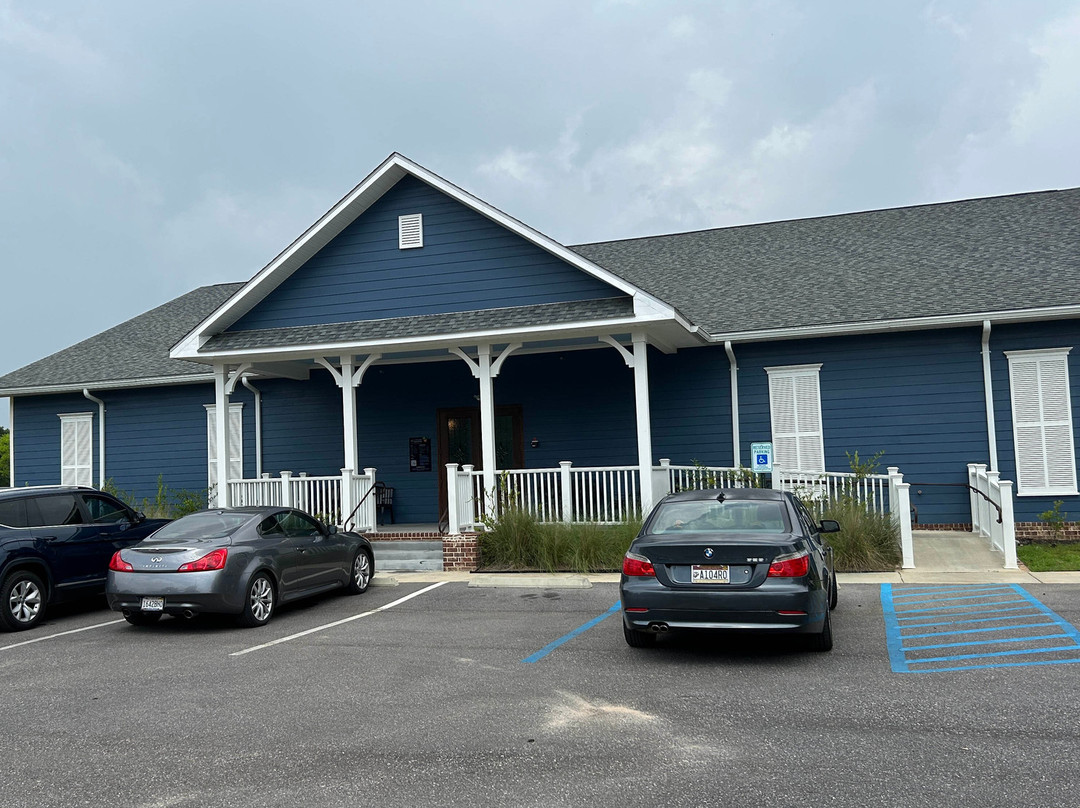
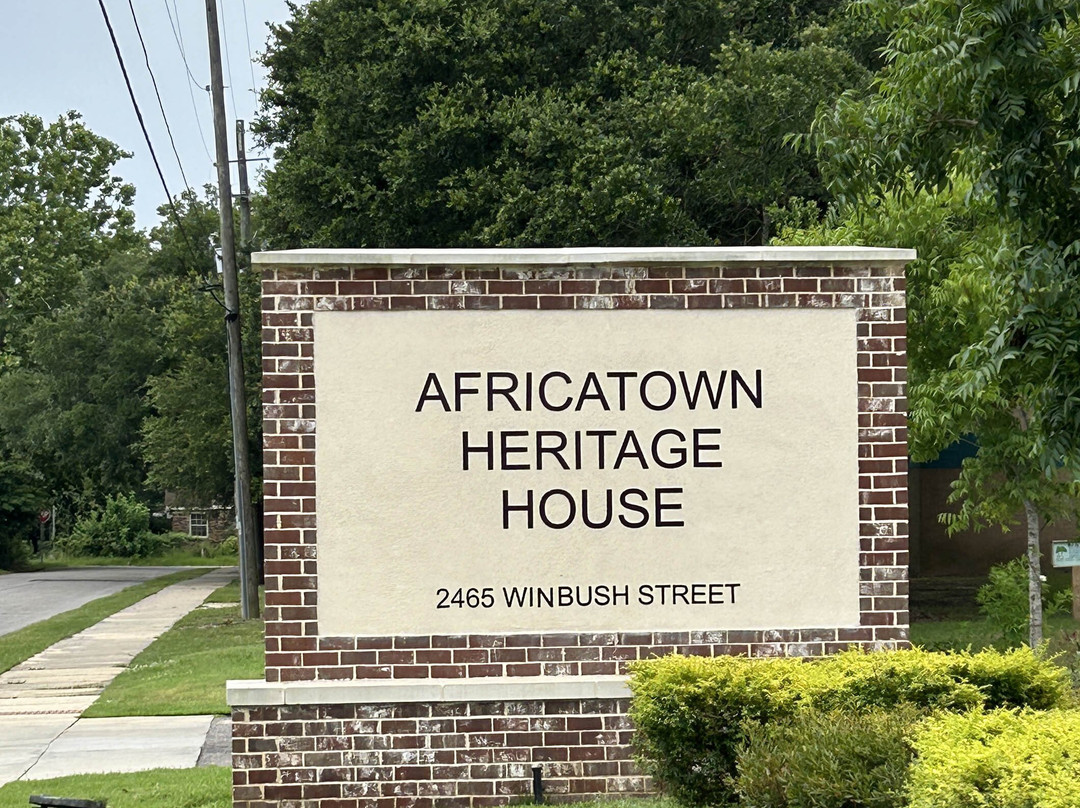
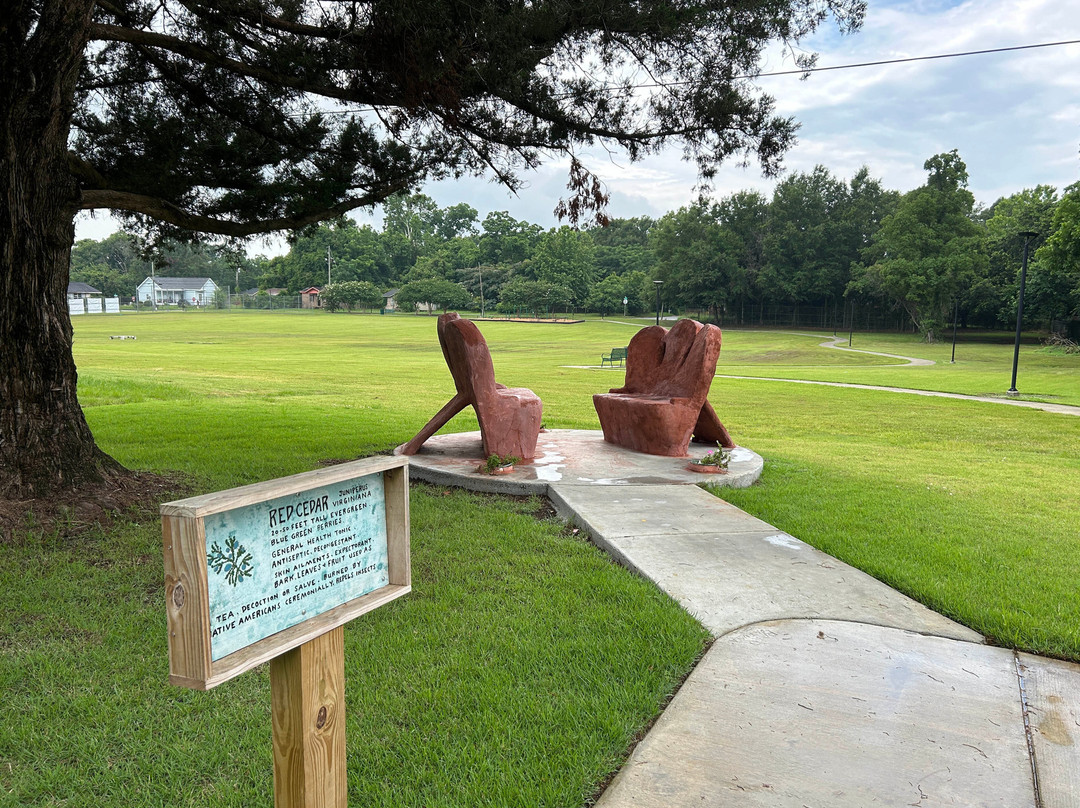
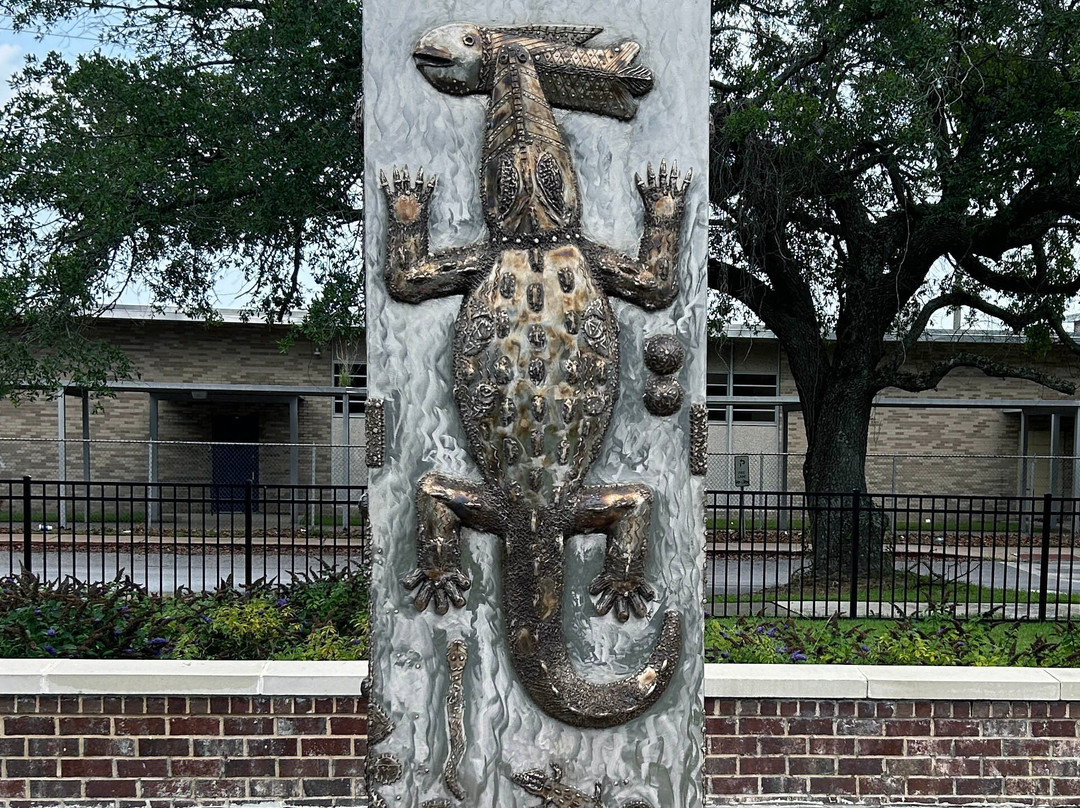
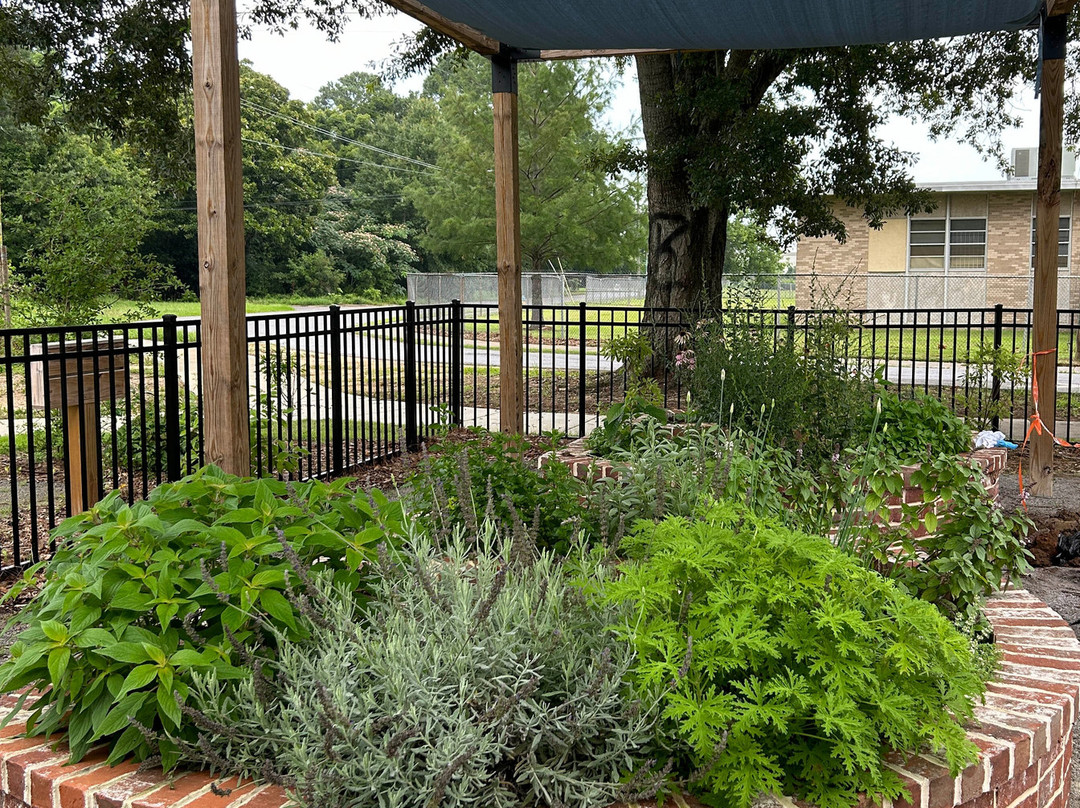
此点评仅代表旅行者个人的主观意见,并不代表TripAdvisor以及其合作方的意见。
关于我们
|新闻动态
|商务合作
|会员中心
|业主中心
|常见问题
|意见反馈
|联系我们
|营业执照
© 2025 Tripadvisor 版权所有。
使用条款 |隐私政策 |网站工作原理
部分照片由 VFM Leonardo 提供。
* Tripadvisor不是旅行社,也不是旅游预订服务代理商。我们提供免费、客观、公正的旅游资讯服务。 (显示更多)
TripAdvisor LLC 既不是预订代理商,也不是旅游运营商,不会向网站用户收取任何服务费。 按照规定,在 Tripadvisor 发布机票价格、游览和旅行套餐的合作伙伴(航空公司、旅行提供商及预订代理商),其标价须包含所有费用和附加费用。 例如, 机场出入境税费、消费税与其他服务费、手续费、杂费及附加费用。 当您向我们的某个合作伙伴进行预订时,请务必查阅他们的网站以了解当地行政部门要求的所有适用费用的具体情况。 除非另有说明,机票价格通常指的是一个人的价格(以人民币计)。
为方便起见,TripAdvisor LLC 根据从我们的预订合作伙伴获取的空房率计算每个酒店的均价。 对于游览和景点来说,所显示价格通常是每位成人的最低可用价格。 对于列出的任何旅行套餐或优惠,TripAdvisor LLC 无法保证任何特定的费率或价格。 此外,酒店均价每晚会更新,并以您的首选币种表示(使用现行汇率)。 由于这些已换算的价格是预估价格,因此,有关具体金额和币种请与预订网站进行核实。
此外,TripAdvisor LLC 无法保证我们网站上宣传的价格随时有效。 标价可能需要预订一定天数才能生效,或有不可用日期、使用条件或限制。
TripAdvisor公司对外部网站的内容一概不负责。优惠价格中不含税和其他费用。
ICP证:沪B2-20200433
沪ICP备20013175号
 沪公网安备31010502005427号
沪公网安备31010502005427号鹰程信息技术(上海)有限公司
货币/国家及地区
¥CNY
中国
